3 strategies for hybrid learning
By Ronald Chaulisán Battle
 Photo by Glenn Carstens-Peters on Unsplash
Photo by Glenn Carstens-Peters on Unsplash
Let’s reimagine hybrid learning and improve education outcomes for all students
- 0 Comments
- Nov 10, 2020 10:00:00 AM
Here’s why Robotics Is a Must for Today’s Education Sector
By Ashley Simmons
 Photo by ThisisEngineering RAEng on Unsplash
Photo by ThisisEngineering RAEng on Unsplash
The advancement in technology in recent years has had a significant impact on our lives, led to sectors expanding, and has contributed immensely to how we now do things in different parts of the world and have impacted the educational sector.
Schools now have a big responsibility to teach the students about past events or current affairs and prepare them for their future. The good thing is that the educational system moves in the right direction and already takes some necessary steps to ensure this. Everything that we know and see in robotics has its roots deep in research, following an academic model with scientists, policymakers, and governments all on board. As we continue to develop this, it is also becoming increasingly important that we include robotics as a significant part of educational curriculums.
- 1 Comments
- Nov 9, 2020 10:00:00 AM
Using Robotics To Prepare Students For the Future
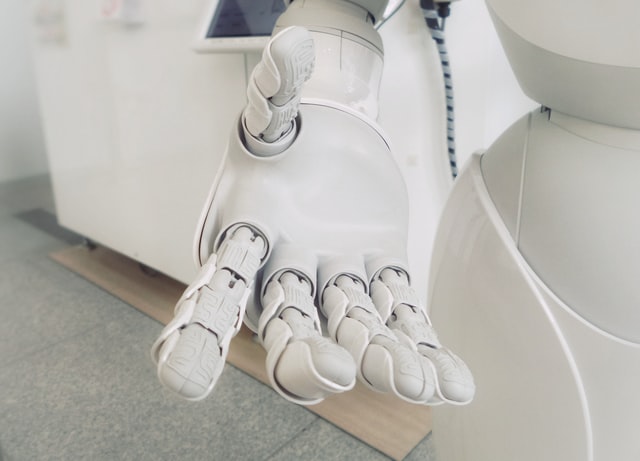 Photo by Photos Hobby on Unsplash
Photo by Photos Hobby on Unsplash
In today’s’ technology-driven world, it’s important now more than ever to prepare students for the future. Teaching robotics to young students throughout their schooling can increase their ability to be creative and innovative thinkers and more productive members of society. Many governments have already recognized the importance of robotics in the classroom and have begun to create programs and laws that would incorporate it into their public education system. By teaching our students the basics of robotics, we can open a whole new world to them and exciting opportunities that they wouldn’t have access to otherwise.
- 0 Comments
- Oct 22, 2020 10:00:00 AM
- Posted by Natalia Galvis
- Topics: Robotics, STEM, Robots,, students, Technology, STEMchat, Edchat, online, lessons
Is STEM Education Working Especially for Women?
By Barbara Mader
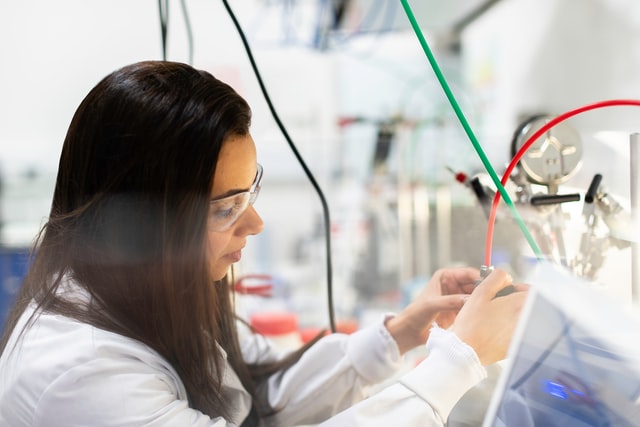 Photo by ThisisEngineering RAEng on Unsplash
Photo by ThisisEngineering RAEng on Unsplash
STEM education remains in the spotlight 25 years after the term first emerged. Coined in the 1990s by the National Science Foundation, the acronym is applied to any curricula, event, policy or education program addressing Science, Technology, Engineering or Math. Most often it references Science and Math, but all four areas have become hot topics in the general education of K-12 students. The emphasis carries through to higher education and beyond, seeking to prepare young adults to assume 21st century worthy jobs. Anticipated areas of need include employees who are interactive as problem solvers, researchers, designers, and engineers.
- 0 Comments
- Oct 20, 2020 10:00:00 AM
- Posted by Natalia Galvis
- Topics: Robotics, STEM, students, Technology, STEMchat, WomeninSTEM, Edchat, online, lessons
How can Robotics bring STEM Learning to Life?
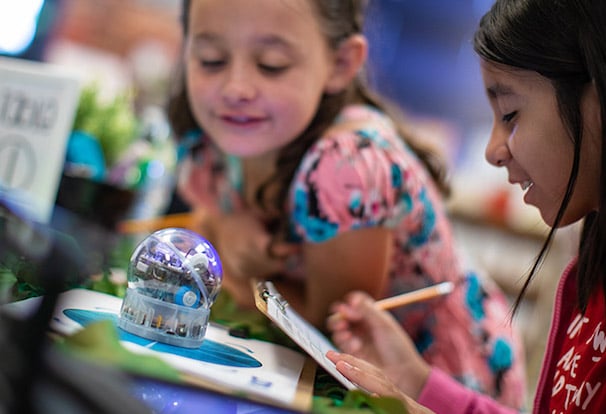
It has often been highlighted that there is a growing shortage of STEM (Science, Technology, Engineering, Mathematics) professionals in the US. Over the last decade, reports published by National Innovation Institute, National Academies study, President’s Council of Advisors on Science and Technology; all pointed towards the need to increase the STEM talent pool if America were to continue its strength in Science and Technology.
- 0 Comments
- Oct 19, 2020 10:00:00 AM
- Posted by Natalia Galvis
- Topics: Robotics, STEM, students, Technology, STEMchat, Edchat, online, lessons
Pepper Robot can now scan office workers' faces to check if they are wearing masks to help stop the spread of COVID-19- ( To be Released Soon)
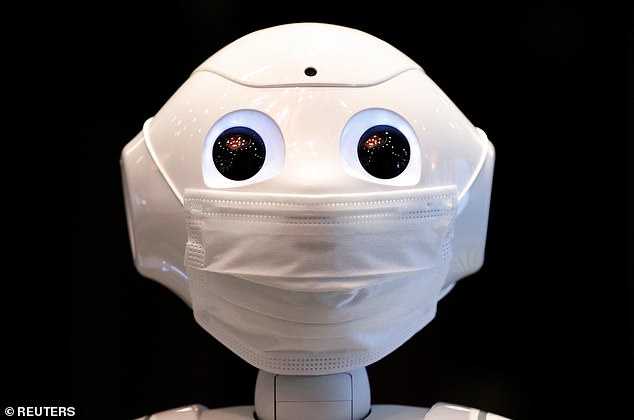
Japanese tech company SoftBank has created a version of its Pepper robot that can detect whether office workers are wearing a mask.
The 47-inch-high robot with human-like features is already in operation in some countries welcoming visitors to shops, exhibitions and other public spaces.
But the upgraded version is designed to stand at the entrance to offices, conferences, airports and other public spaces, to provide a gentle reminder to people to wear masks.
- 1 Comments
- Sep 16, 2020 10:00:00 AM
- Posted by Natalia Galvis
- Topics: Robotics, EdTech, Pepper, Technology, coronavirus, covid19, disinfection robots
Health Care Use Case With Pepper Robot
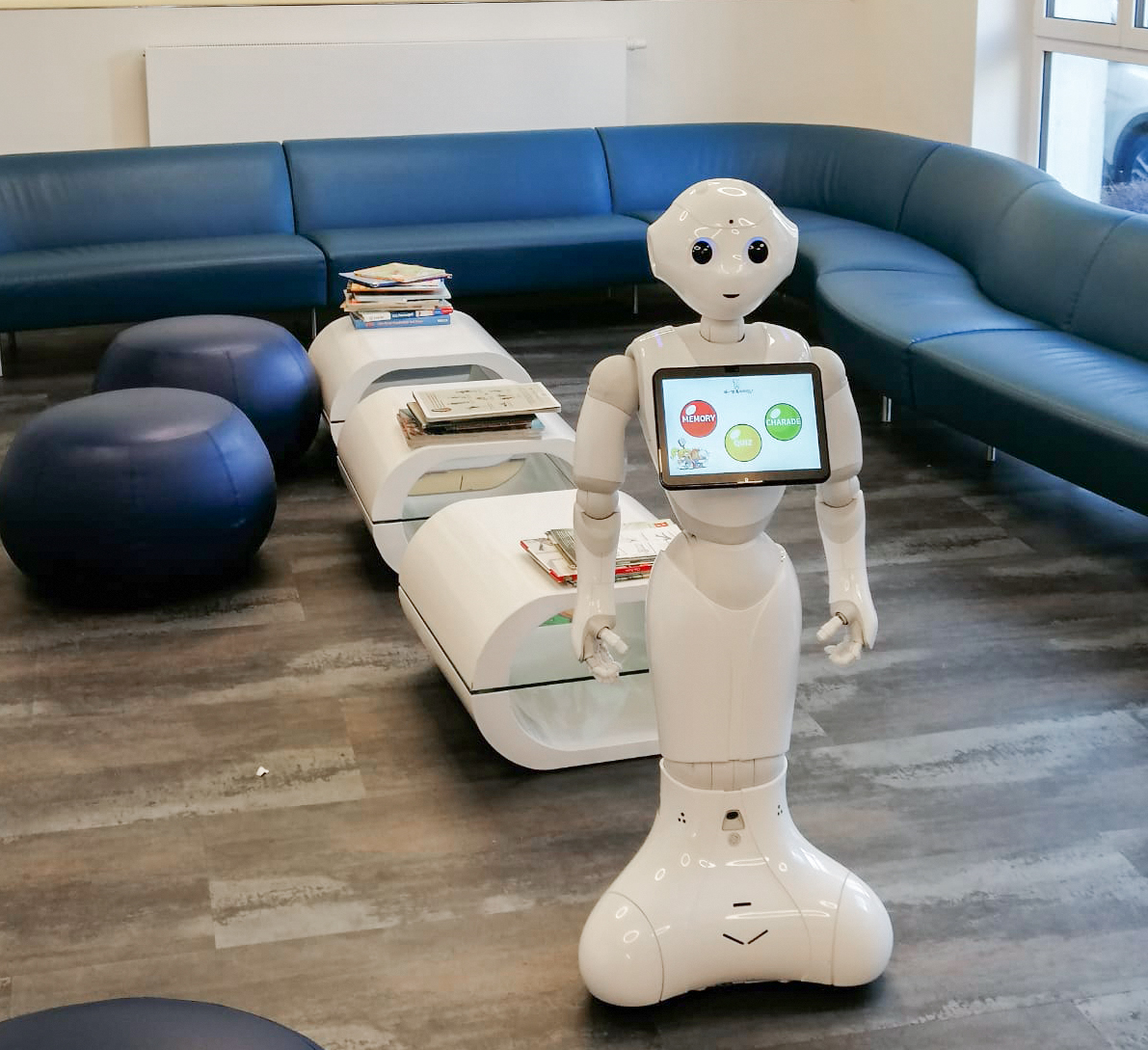 Photo: Sleep and Smile
Photo: Sleep and Smile
The Vienna dental institute Sleep & Smile specializes in the treatment of children and adults with special needs and Pepper robot helps children and adults with special needs overcome their anxiety about their upcoming dental treatment.
- 0 Comments
- Sep 9, 2020 4:00:00 PM
- Posted by Natalia Galvis
- Topics: Robotics, STEM, Curriculum, Pepper, Coding, students, Technology, Edchat, k12, eLearning
Online Classroom Management: 4 tips for teachers
Combining in-person and online learning changes more than your teaching style.
While teaching remains at the core of an educator’s mission, a significant amount of time is spent managing day-to-day activities and maintaining your rapport with students and co-workers.

Reducing the time you spend together changes the way you manage the classroom and takes away some of your strategies to communicate and build relationships, but also gives you new ones to explore.
Let’s have a look at some useful tips for teachers to manage their online classroom.
- 1 Comments
- Aug 25, 2020 10:00:00 AM
- Posted by Natalia Galvis
- Topics: Robotics, STEM, Robots,, students, Technology, Edchat, online, covid19, lessons, collaboration, returning to school
Keys to Success in Distance Learning
Educators from around the country shared their advice about making remote instruction work for middle and high school students.
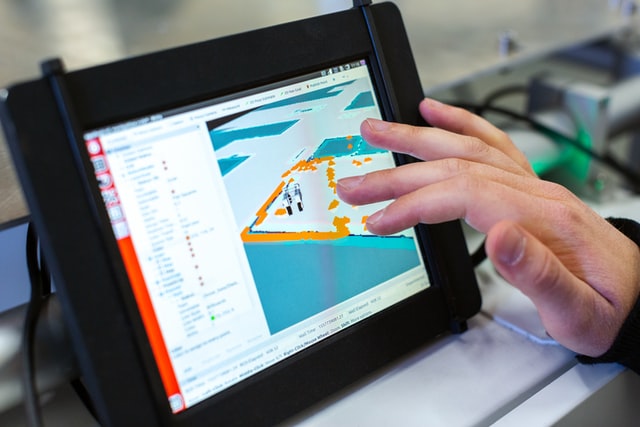
- 0 Comments
- Aug 24, 2020 10:00:00 AM
- Posted by Natalia Galvis
- Topics: Robotics, STEM, Robots,, students, Technology, Edchat, coronavirus, covid19, lessons, collaboration, returning to school
Does Using Fever Detection Technology In School Stop the Spread of COVID-19?
Given the geometric progression in which Covid-19 spreads, it is important to contain it right at the root. This is exactly why it becomes important to use fever detection technology in schools extensively. Schools all over the world are working out a protocol to ensure proper detection and effective control of the situation.
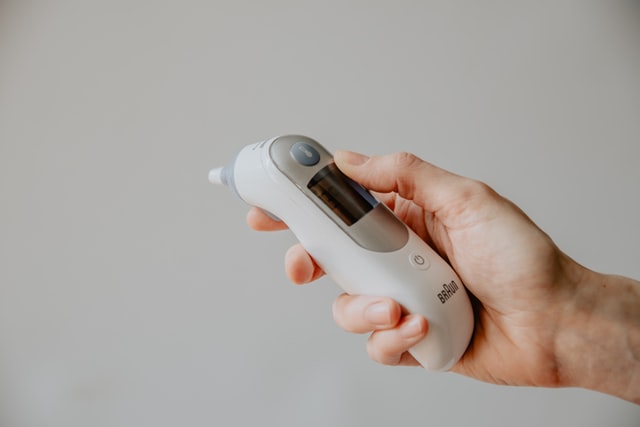 Photo by Kelly Sikkema on Unsplash
Photo by Kelly Sikkema on Unsplash
Here is a quick look at how fever detection technology enables schools to address the problem conclusively and helps make it significantly safer for children during the Covid-19 crisis.
- 0 Comments
- Aug 21, 2020 10:00:00 AM
- Posted by Natalia Galvis
- Topics: Robotics, STEM, Robots,, students, Technology, Edchat, coronavirus, covid19, lessons, collaboration, returning to school
Relevant Posts
Popular Posts
Subscribe to Email Updates
-
I Want To Learn MoreADDITIONAL INFORMATION


